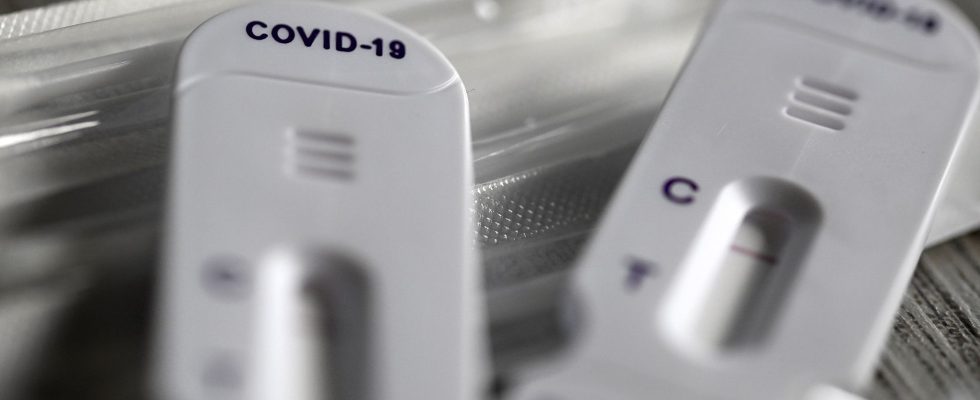He has just arrived in France. A first patient infected with the BA.2.86 variant of Sars-CoV-2 was spotted on August 31 in eastern France. While this new mutant has been put under surveillance by the World Health Organization since its simultaneous appearance a fortnight ago in several countries, should we be worried? The answers of the virologist Bruno Lina, head of service at the Hospices Civils de Lyon and member of the Committee for monitoring and anticipating health risks, responsible for advising the government since the end of the Scientific Council.
L’Express: Why is the new BA.2.86 variant, whose presence has just been detected in France for the first time, also monitored internationally?
Bruno Lina: This variant presents very significant modifications on its genome, with more than 100 mutations in total, including around thirty on the Spike protein. This protein, also called spike, is on the surface of the virus and allows it to fuse with our cells. It is the target of neutralizing antibodies that protect us. However, some of these thirty mutations are located in key positions for our antibodies, which could give BA.2.86 significant immune escape properties.
In contrast, some of the mutations appear in areas that interact with our cell ACE2 receptors. Some of them have already been observed on previous versions of SARS-CoV-2, and these tended to reduce the transmissibility of the virus.
What can we conclude from this? Will these mutations, or not, give it an advantage over EG.5 and allow it to replace it and become the next dominant variant?
It is difficult to answer this question at the moment, and it is precisely for this reason that he has been placed under surveillance. We need laboratory tests to precisely assess its level of immune escape, its affinity to cell receptors, or even to try to understand its multiplication dynamics. It is all of these elements that will allow us to say whether it is likely to represent a real problem in the short term and that we should be wary of, or on the contrary if it will not bring any particular difficulties. In the end, we will have to wait to follow the natural history of this virus, its evolution, in order to be able to answer with certainty. Today, practically no one has yet carried out work on this virus. Only two researchers, an American, Jessie Bloom, and a Chinese, Yunlong Cao, leading coronavirus specialists, have carried out the first analyzes, which confirm the risk of immune escape and the weakest attachment of the virus to the receptor.
If immune escape is confirmed, should more severe forms be anticipated?
We see no reason for this virus to give more serious forms than those currently in circulation. It is still a descendant of the Omicron family. It should therefore retain its main characteristics, particularly in terms of severity. The worst case scenario would be that it is both very evasive to the immune system and very transmissible. In this case, frail people would again find themselves exposed, and by definition many would have serious forms, which would then put the health system under strain again. On the other hand, for healthy adults, we are left with a virus with a very low severity potential.
Do we know how a variant with so many mutations could emerge, at the same time, in multiple places on the planet?
It was detected for the first time a fortnight ago. As of August 31 afternoon, only 26 samples of the virus have been sequenced worldwide, in Europe, the United States and Africa. This means that this virus has spread, but probably still in a fairly modest way, even if it is found more and more.
The most probable hypothesis is that it replicated silently in an immunocompromised patient, where it could have accumulated all these mutations. At some point it recovered enough transmissibility to start circulating. We do not know where this person lives and we will never know because the first detections were made at the same time on three continents. We cannot imagine that multiple sources could have given rise to the same virus at the same time. The preferred scenario remains that of a single source and low-noise broadcasting, under radar, for a certain period of time.
